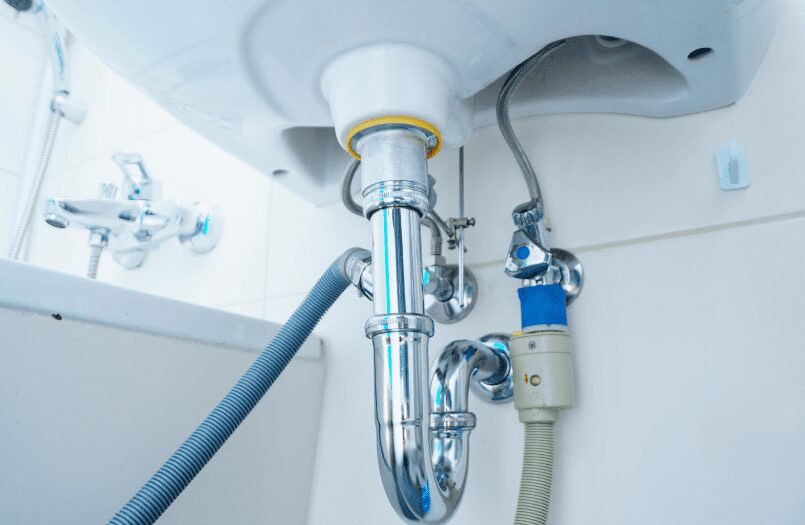New Faucet Will Change Your Kitchen Look

How to install a new sink faucet, the quickest, most inexpensive way to update a bathroom is to replace the sink faucet.
Priced from about $20, taps come in various styles and finishes.
Here are 6 easy steps on how to install a new sink faucet
1. Shut off the water and open the faucet to release the pressure. From under the sink, use channel-lock pliers to disconnect the black drainpipe from the sink tailpipe. Disconnect the two copper water lines that run down the back wall from the tap supply lines/ connectors.
2. Rather than lie on your back inside the vanity and work over your head, lift out the sink. Have rags handy to soak up any water that drains from the lines.
3. Turn the sink over on the counter or floor. Remove the old tailpipe from the drain hole and the old taps by loosening the hardware on the underside of the sink. Scrub away any soap scum or sludge.
4. Using Teflon tape, wrap all threaded connections, including the faucet, tailpipe, water lines, and drainpipe, to prevent leaking. Slide the new tap into position.
5. If the old supply lines/connectors are kinked or corroded, they should be replaced. Otherwise, reconnect old lines to the tap threads.
6. Roll out a line of plumber’s putty to form a ring around the drain opening inside the sink to prevent slow leaks. With threaded end up, insert new tailpipe assembly from the underside of the sink.
Top with flange (drain plate) and screw together. Wipe away excess putty. Return sink to vanity and reconnect plumbing.
How to install a new faucet with a pop-up drain

While buying a new bathroom faucet without the pop-up assembly is still possible, it is now considered standard equipment in most models.
The lavatory pop-up is utilized in several different ways for bathtub drains.
The old faucet, tailpiece, and drain must all be removed to install a new faucet with a pop-up drain assembly.
Start by closing the cold and hot water supply valves. To remove the faucet from the sink, first, unplug the water supply lines from the faucet using a little wrench.
Next, unscrew the P-trap, remove the tailpiece, and drain from the sink using a bucket right beneath the drain.
Install the replacement faucet after reconnecting the water supply lines, then install the new drain assembly.
Replace the water supply lines with new, strengthened ones if they show any signs of corrosion or wear.
To stop leaks, cover all threaded connections with Teflon tape. Additionally, carefully clean the sink’s drain mouth to ensure that the new drain will seat correctly.
Remove any existing putty using a plastic putty knife to avoid scratching the sink. Then, wipe the area dry.
Place the new drain flange into a brand-new bead of plumber’s putty for the most satisfactory possible installation.
Installing and tightening the lock nut under the sink will secure the drain flange.
Ensure that the washer is inserted between the lock nut and the sink. Screw the drain T into the drain after that.
The drain T is then secured with the tailpiece. Frequently, drain T includes the tailpiece.
On a straight line with the lift rod, the hole in the side of the drain T should face the back of the sink.
Adjust the retaining nut after inserting the pivot rod into the drain T. As the lift rod is pushed up and down, a round ball on the pivot rod pivots inside of it.
Depending on the layout, insert the lift rod through the faucet’s body (or through the top of the sink) and secure its lower end to the clevis with the clevis screw.
A flat metal rod with numerous holes is the clevis. It ties the lift rod and pivot rod together. Insert the pivot rod into a clevis hole, then secure it with the spring clip.
By raising and lowering the lift rod, you may check the mechanism. If necessary, you can also reset the lift rod and clevis.
Replace the P-trap assembly to finish the job.
Avoid overtightening the fittings for a leak-free drain and trap installation. Usually, all that is required to create leak-free connections is hand tightening.
Final Word
I hope this article explains How To Install A New Sink Faucet; not only that you can do it yourself, along saving a few bucks will not hurt the house budget.

























